Sambuca Liqueur is an alcoholic beverage with an anise aroma that is traditionally produced in Italy. The liqueur is a clear liquid with a characteristic aroma and an alcohol content of around 38-42%. It's made from alcohol, sugar, anise, elderberry and herbs, but the manufacturer's exact recipe is kept secret.
The method of producing the drink is similar to the method of producing wormwood: First an infusion is prepared and then it is distilled.
The origin of alcohol is shrouded in legend. In one of them, it is said that after the Italian peasant accidentally put flowers and fruits of black elder in mastic, the famous drink was obtained. The farmer decided to publicize the product and it happened during his daughter's wedding. The guests were treated and enjoyed the new drink.
The name Sambuca is believed to come from the black elder. It is added to the drink to make the anise liqueur taste more pleasant. This version is one of the most plausible, but the Molinari company, which is the largest producer of sambuca.
Sambuca liqueur has its own history. The anise drink was known to the ancient Romans who used it for medicinal purposes as well as for entertainment. Modern Sambuca was made by Italians. The first alcoholic drink under the same name was created in 1851, thanks to Luigi Manzi.
In 1945, Angelo Molinari mixed herbal potions with wines and spirits and developed an anise-based recipe. This is how he is believed to have invented the so-called Sambuca. He founded a small company to produce the drink.
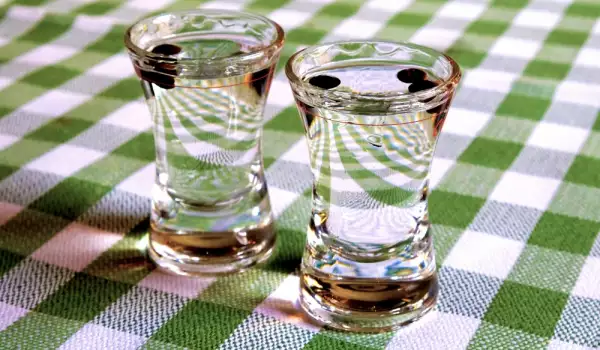
This company still holds about 70% of world production of Sambuca. To draw attention to the drink, Molinari suggests an unusual way of consumption: three coffee beans are placed in a cup and then set on fire. Through this original method, Sambuca became a favorite of Italian bohemians.
In Italy Sambuca is not simply considered a national product. There is also a special relation to this liquid. First, Sambuca was produced exclusively and only for domestic purposes and consumption, and then it began to be exported abroad. The drink is liked by both men and women.
Nowadays there are three types of Sambuca - white, black and red.
White - this is the traditional Sambuca, which is a clear liquid and is the most common type. It combines perfectly with espresso, as well as with fruits and desserts. Sambuca can be served with fish and meat dishes, also with cheese.
Red - the drink has a bright red color, which is given to it by the fruits put into it. It also has a very pleasant fruity aftertaste.
Black - this drink has a dark blue to black color, which is obtained by adding licorice extract and spices.
Due to the presence of many essential oils, Sambuca has many beneficial properties. The drink has a beneficial effect on the condition of a person with a strong cough, it also helps with colds.
The alcohol in the drink boosts the immune system and increases the secretion of the digestive glands. Sambuca is also used to prepare various cocktails. The drink goes well with citrus fruits, often the cocktail is served in a glass decorated with a slice of lemon. Also, the liquid is often served with meat, fish and desserts, cheeses and fruits. Sambuca is often added to coffee, which acquires a unique taste.
Alcohol is consumed in different ways. For example, in Italy, it can be drunk con mosca, which means under the flies. The drink is served with three coffee beans: one bean is a symbol of health, the second - for happiness and the third - for wealth.
The most effective way to drink this liqueur is by lighting it up. Sambuca is lit in a glass with a thick bottom and tilted so that the sides burn, then it is drunk hot.
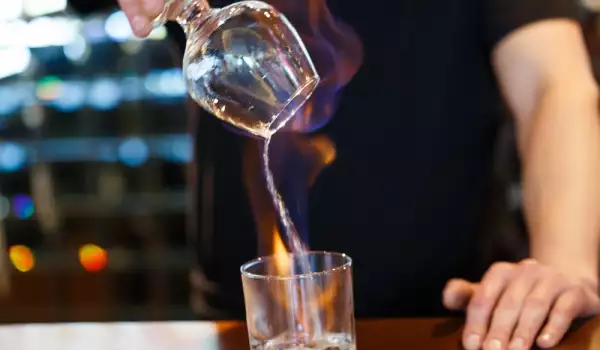
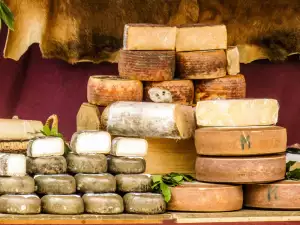


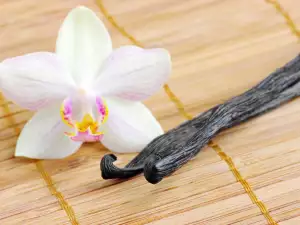



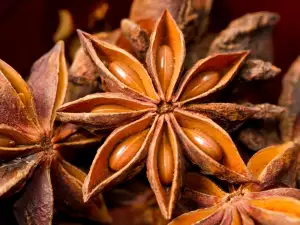



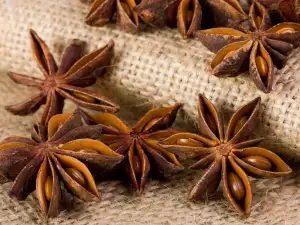
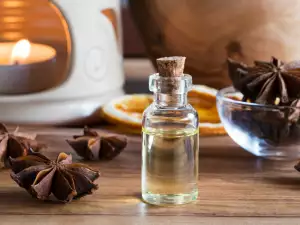






Comments